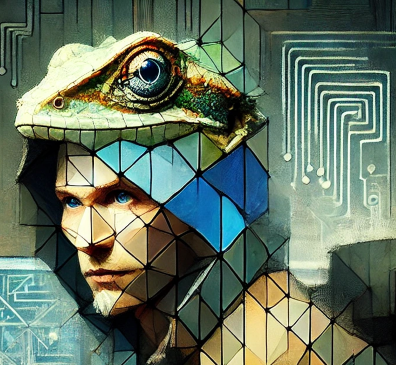Untitled Story
HackerNoon Writer
 byJose Crespo, PhD@josecrespophd
byJose Crespo, PhD@josecrespophdMathematician lurking in the tech underworld, fixing gaps and carving out new routes over the obstacles.


Mathematician lurking in the tech underworld, fixing gaps and carving out new routes over the obstacles.
HackerNoon Writer
@pepitoscrespo
Sep 24, 2024